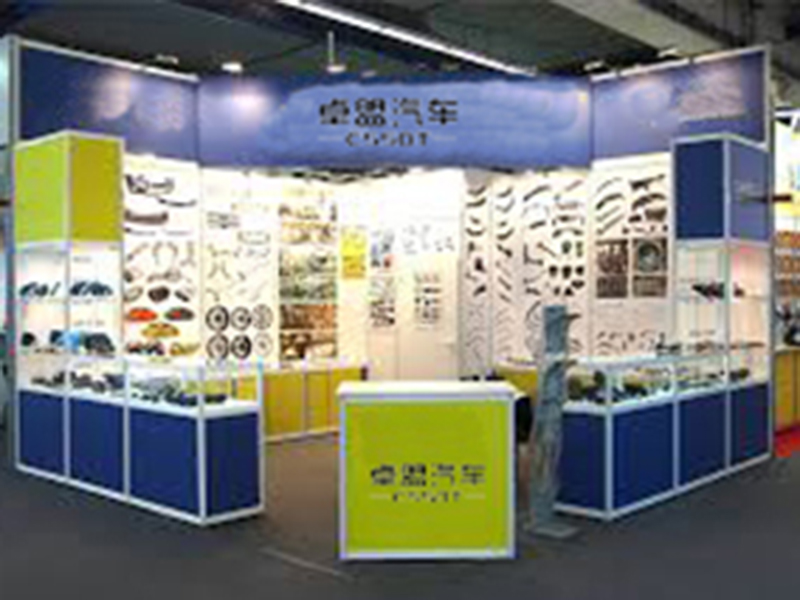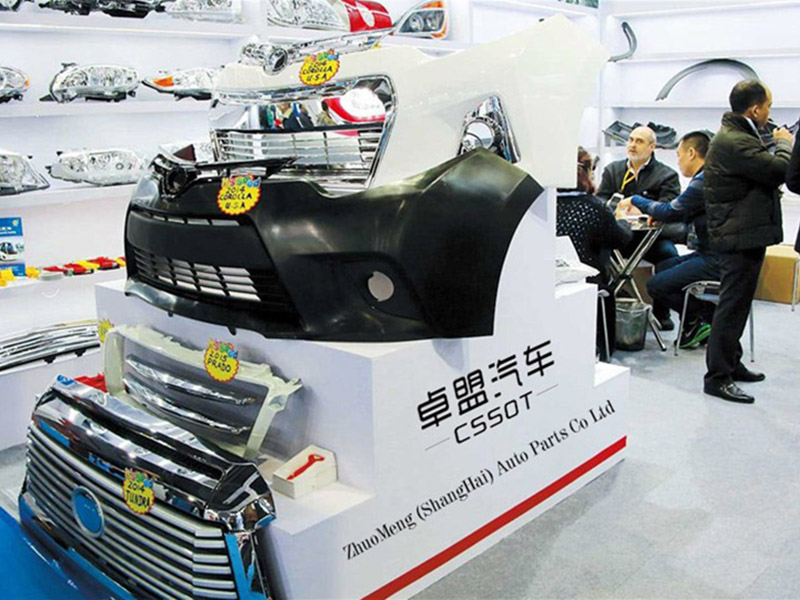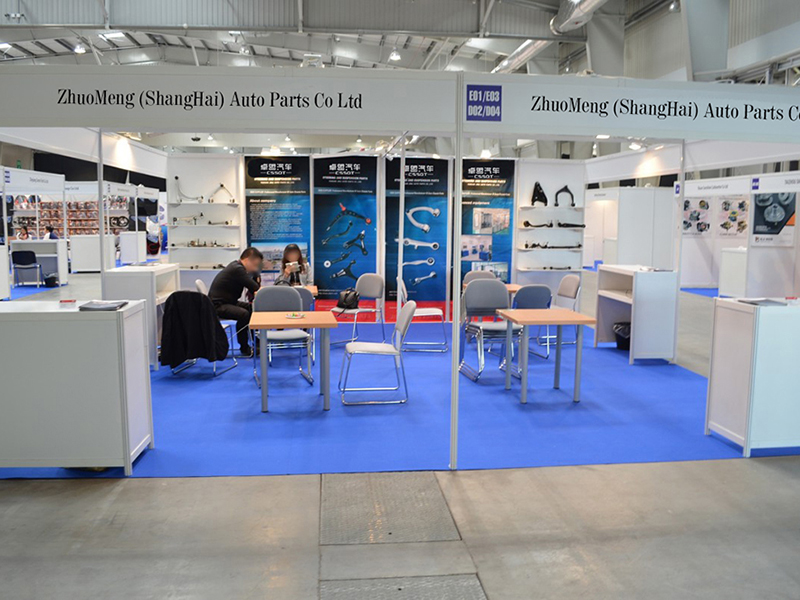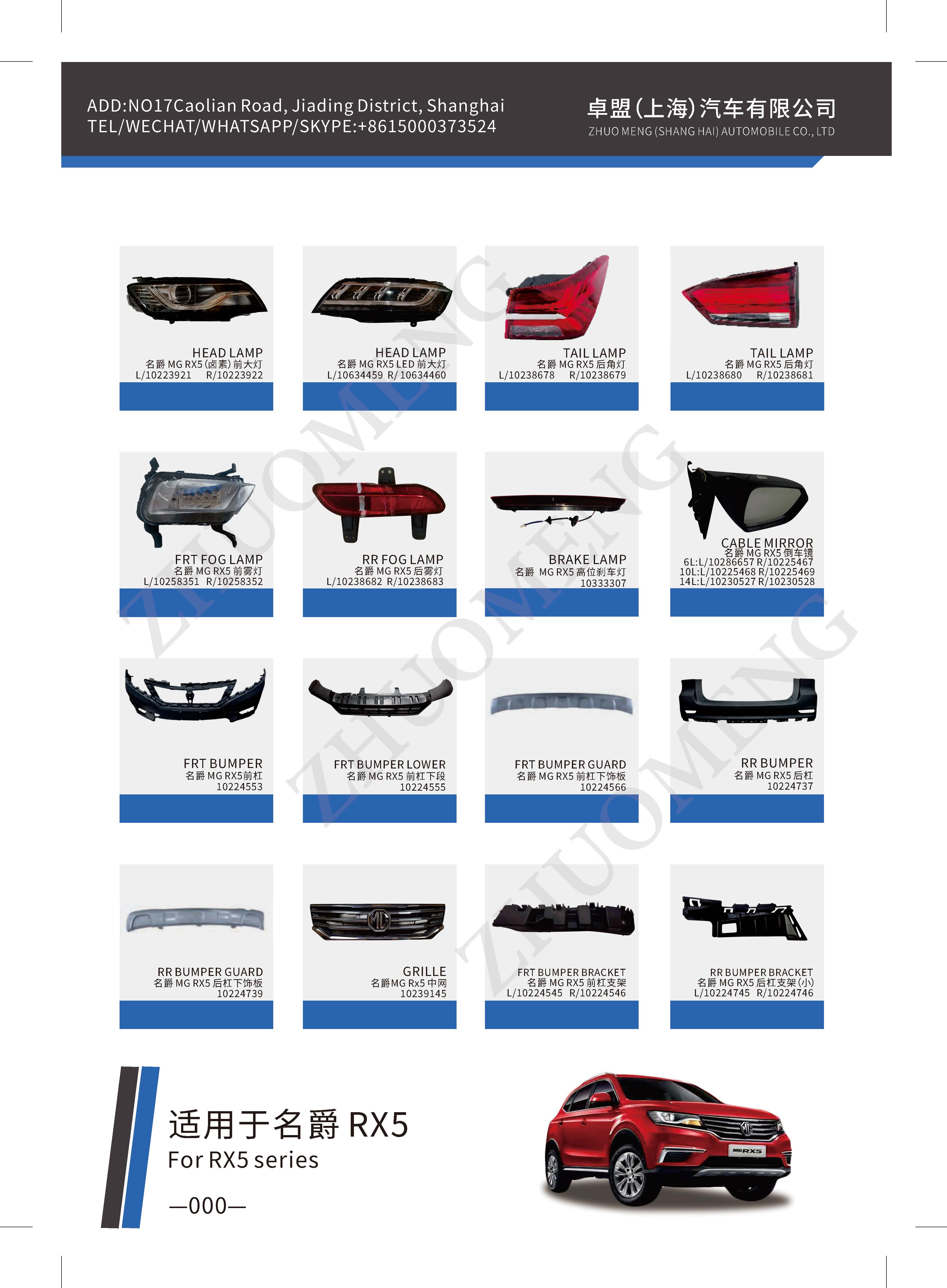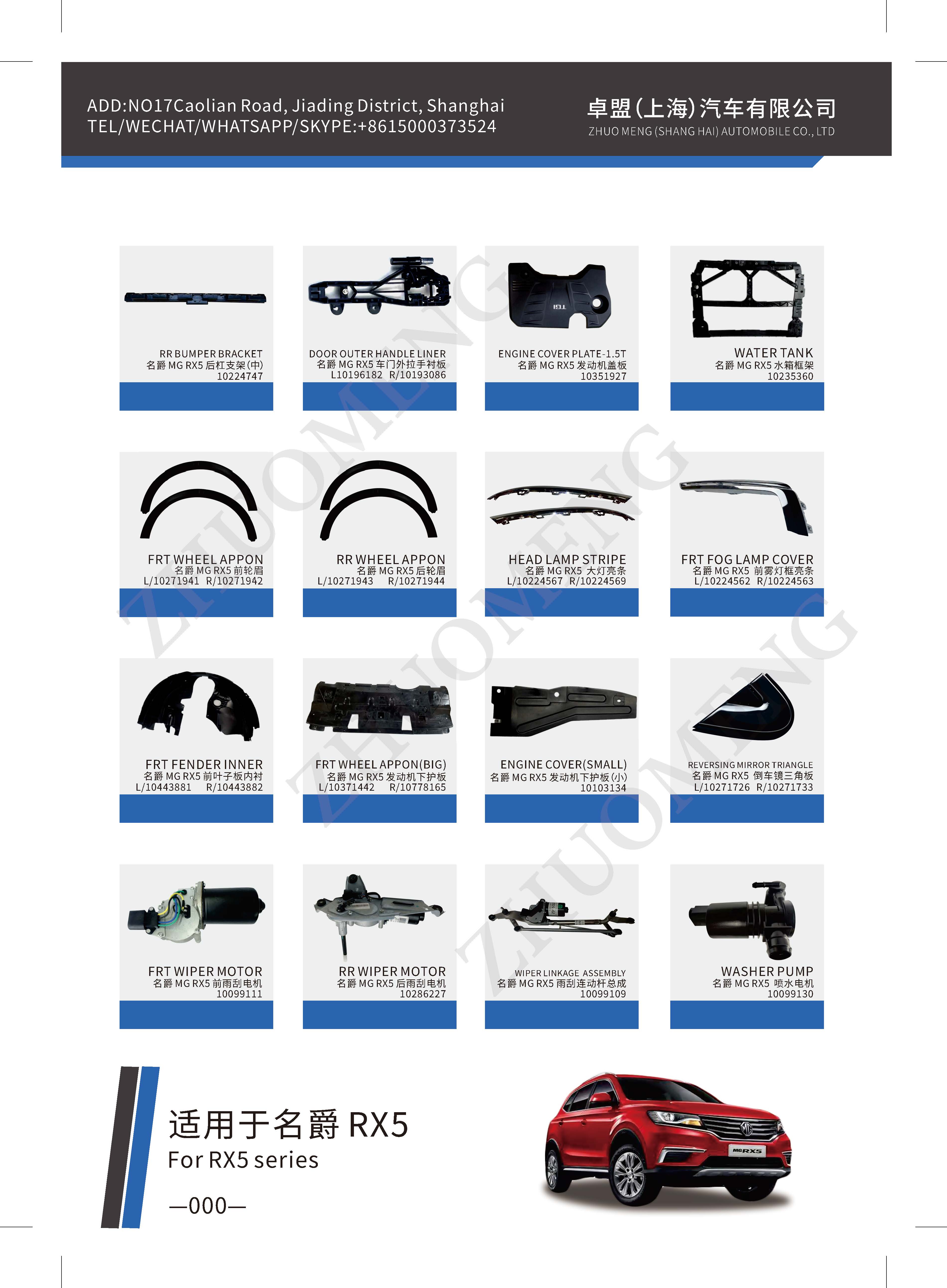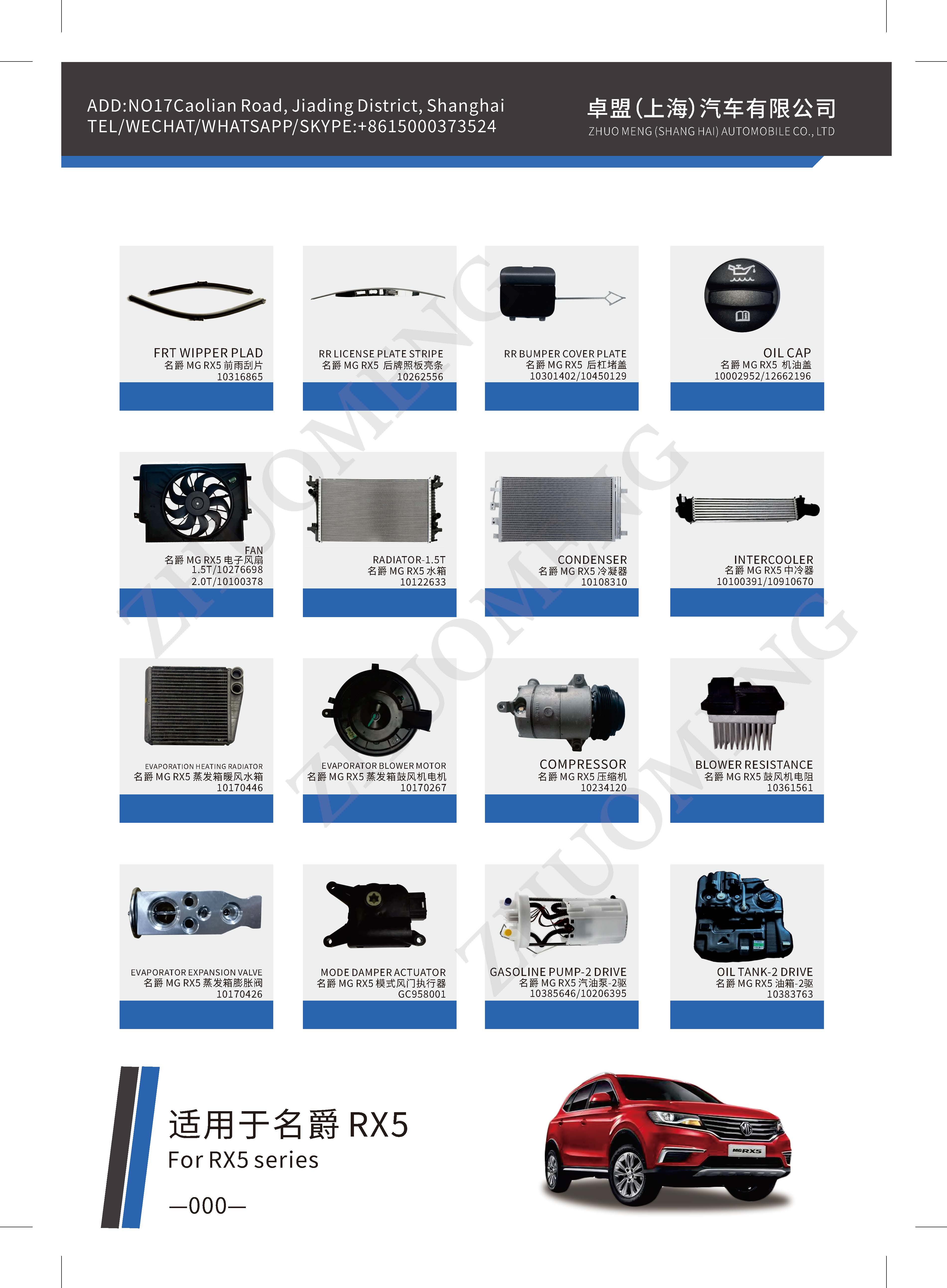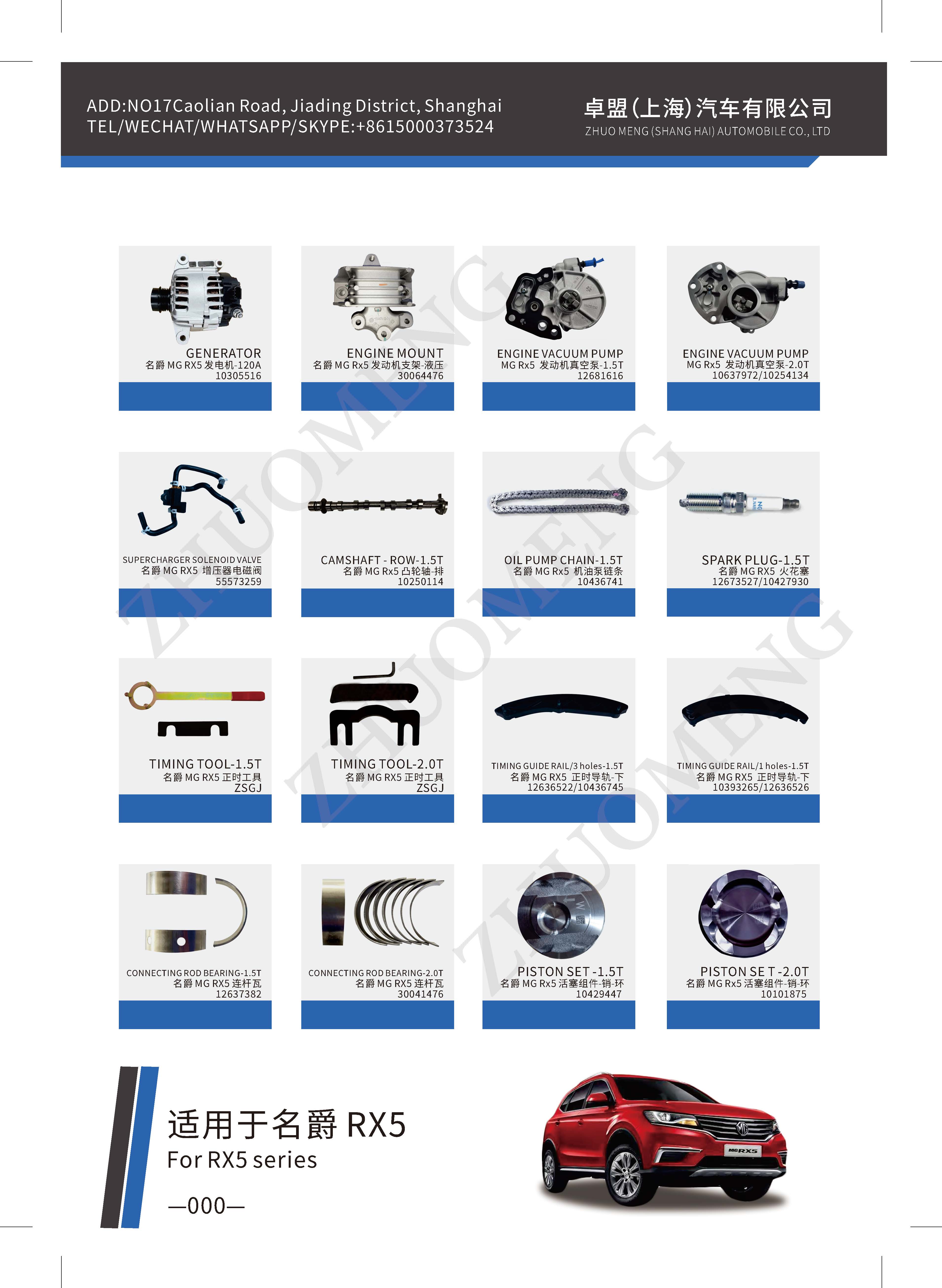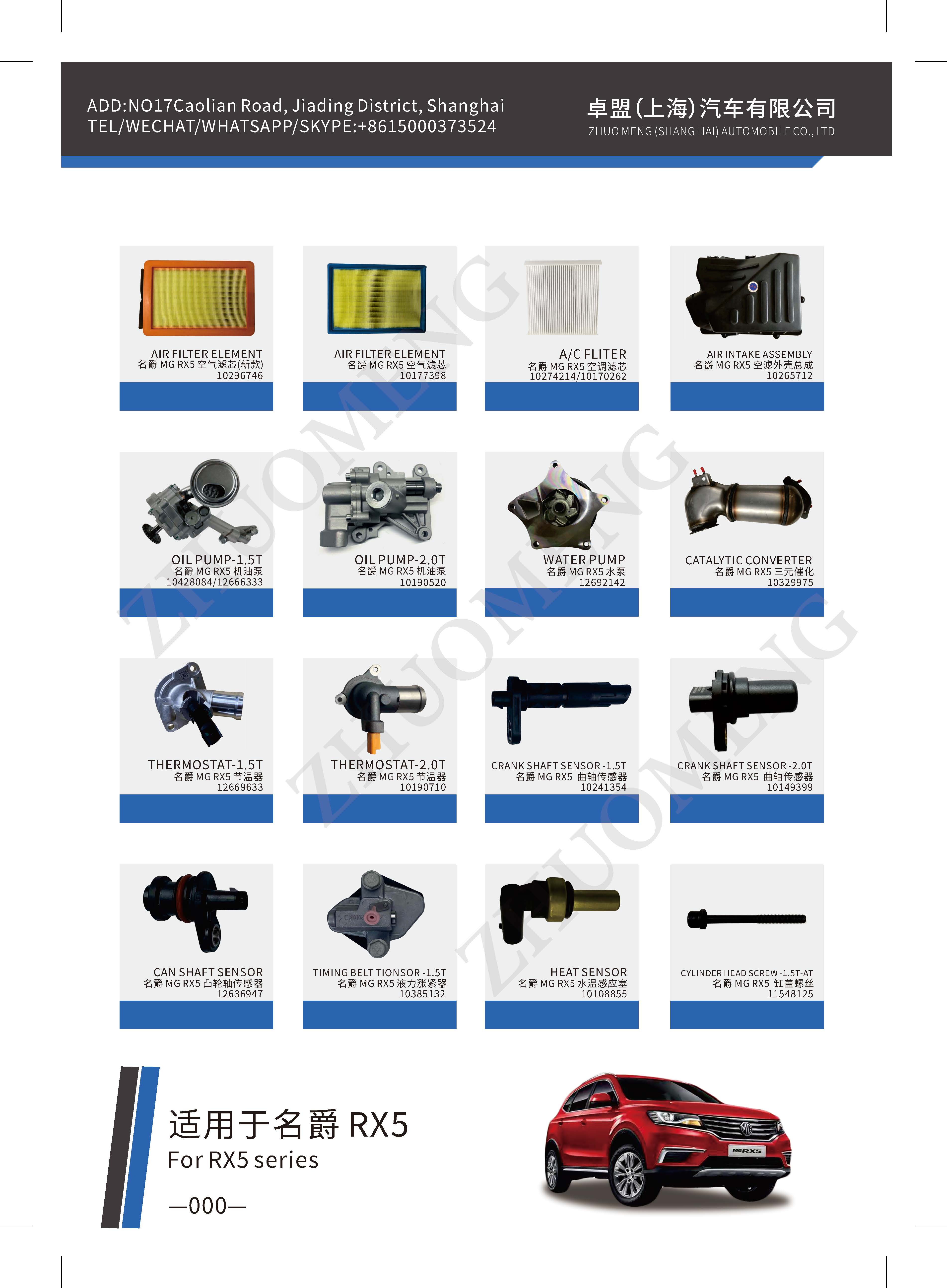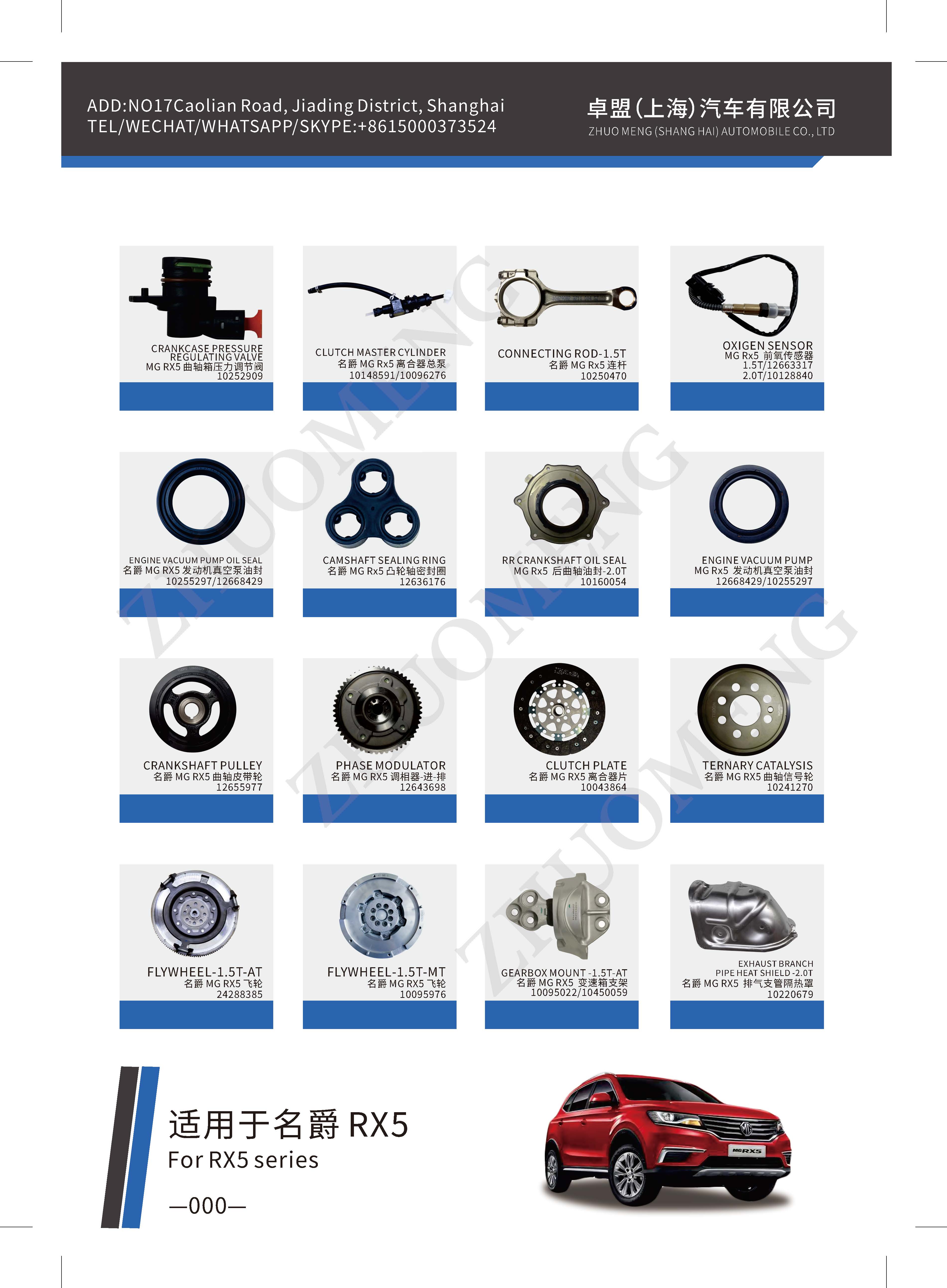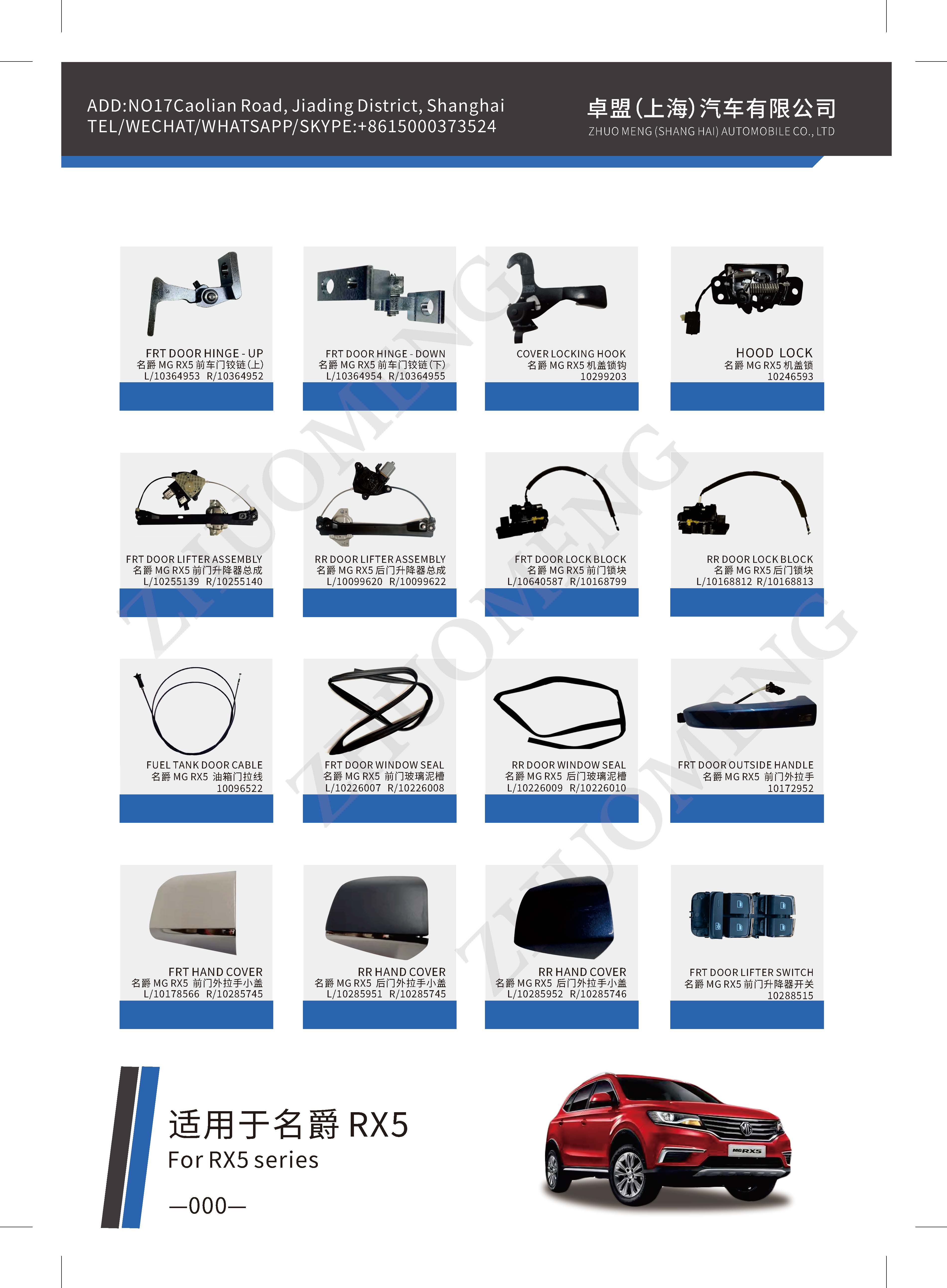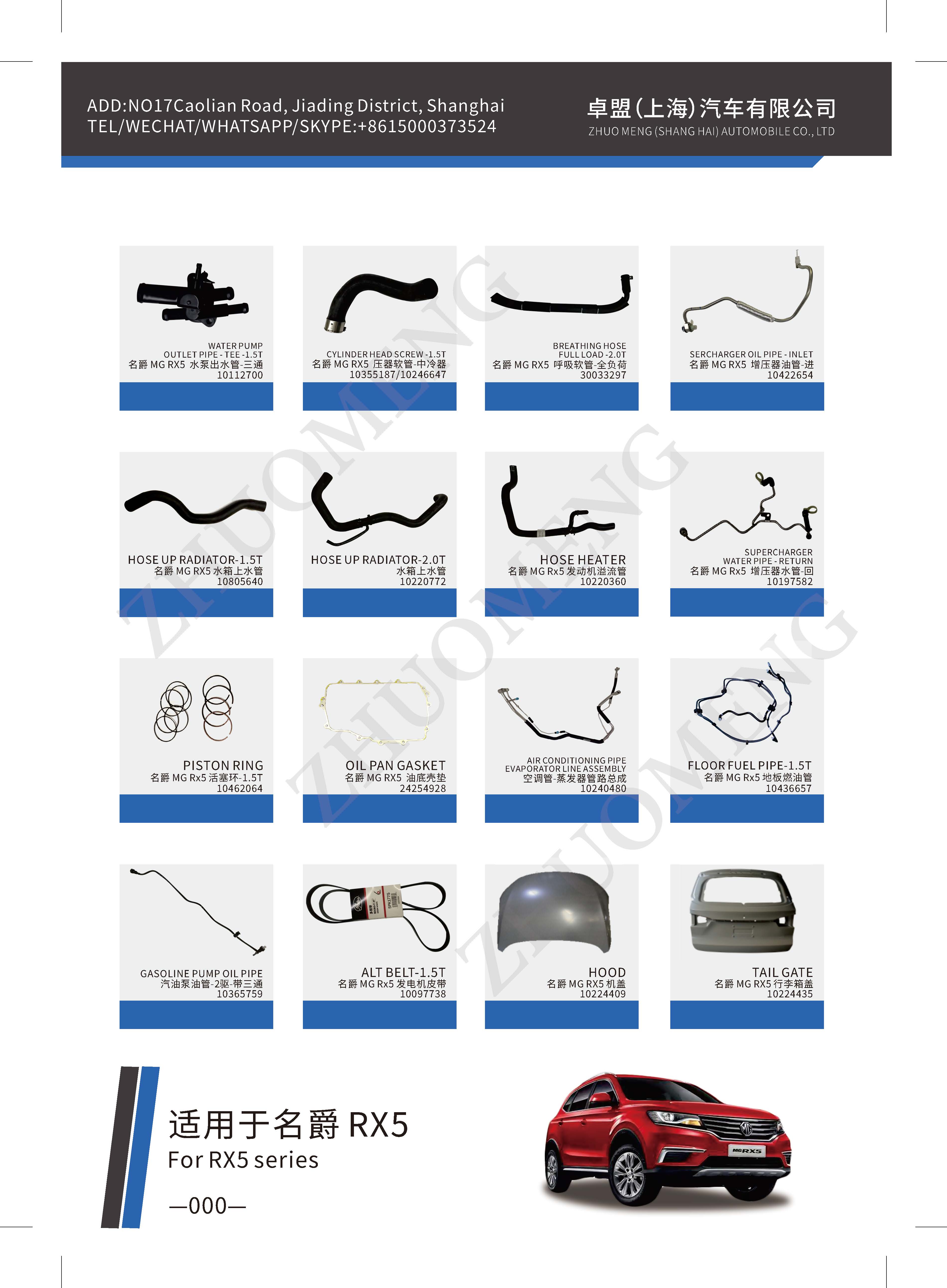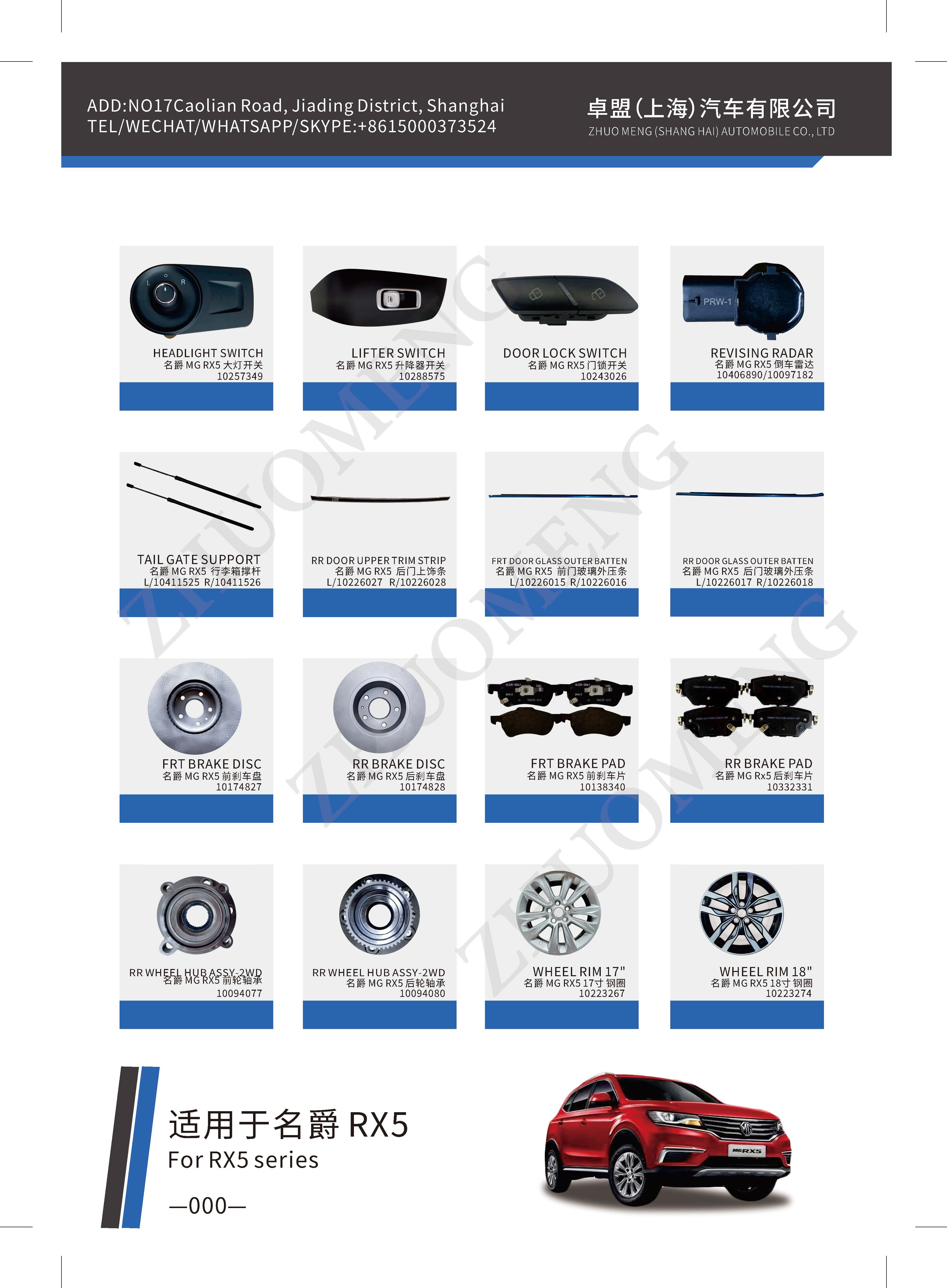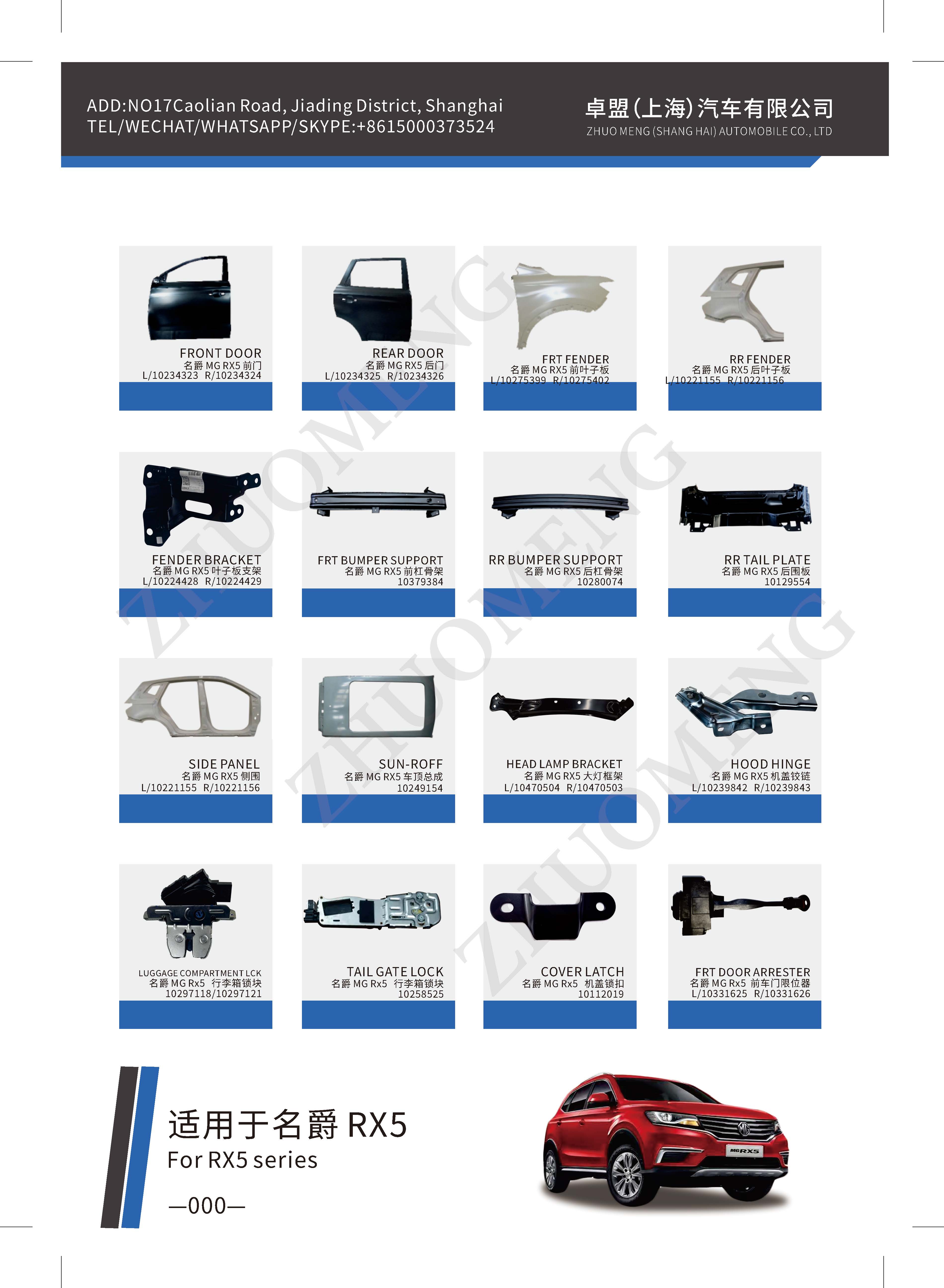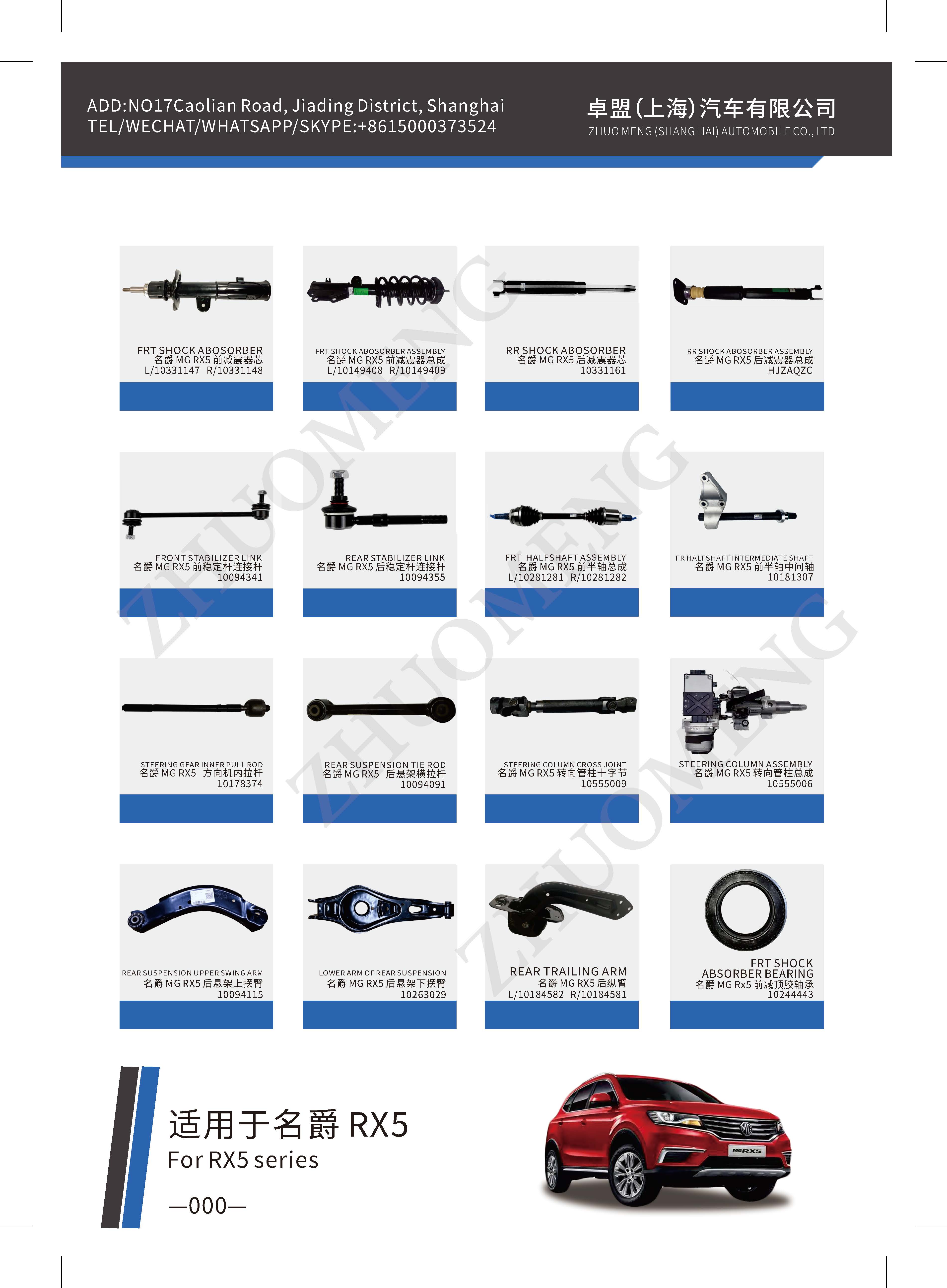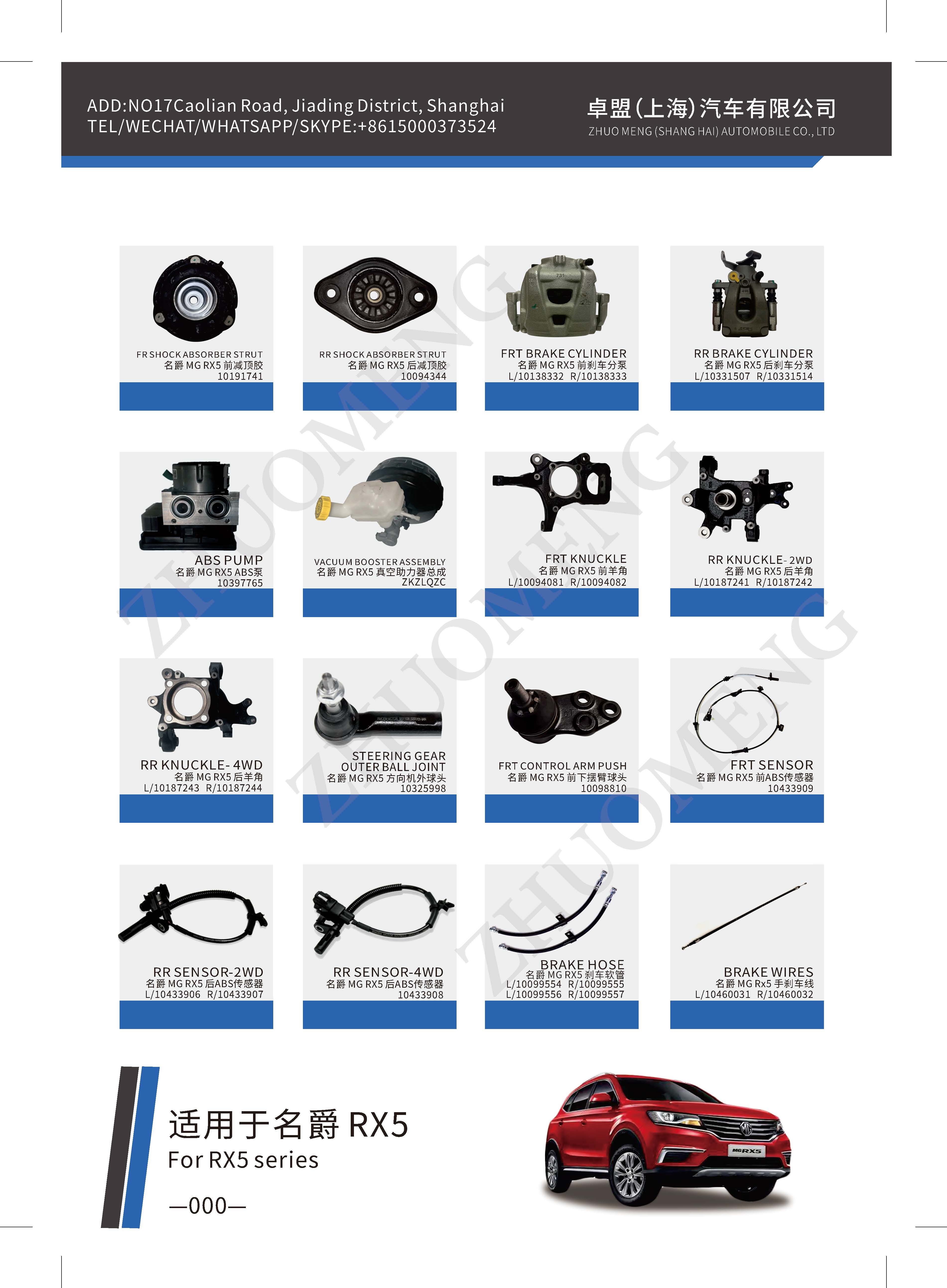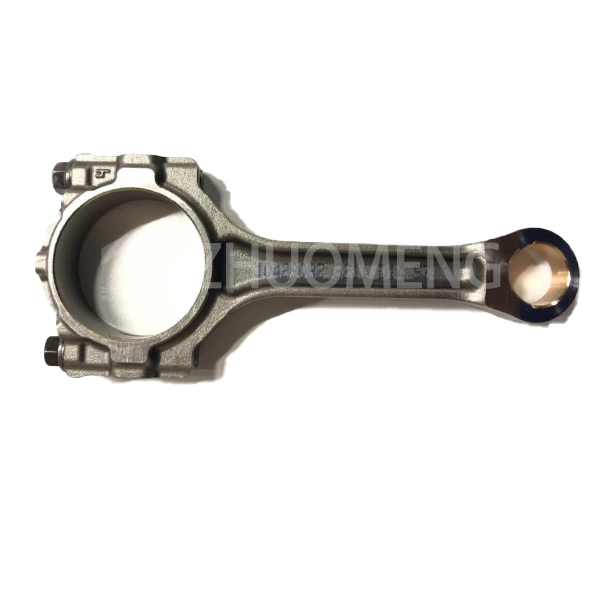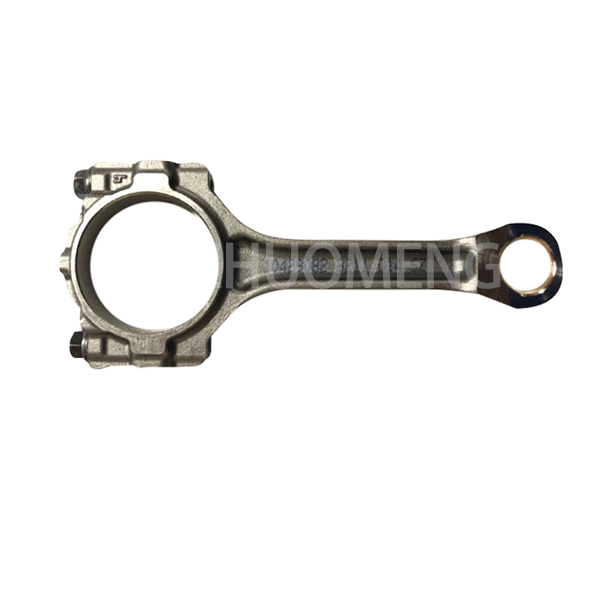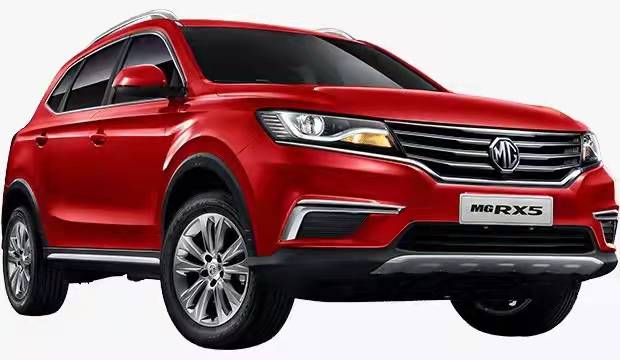The connecting rod group is composed of connecting rod body, connecting rod big head cover, connecting rod small head village sleeve, connecting rod big head bearing bush and connecting rod bolt (or screw), etc. The connecting rod group is subjected to the gas force from the piston pin, its own oscillation and the reciprocating inertia force of the piston group. The magnitude and direction of these forces are changed periodically. Therefore, the connecting rod is subjected to compression, tension and other alternating loads. The linkage must have sufficient fatigue strength and structural stiffness. Fatigue strength is insufficient, often cause connecting rod body or connecting rod bolt fracture, and then produce the whole machine damage major accident. If the stiffness is insufficient, it will cause the bending deformation of the rod body and the decircular deformation of the big head of the connecting rod, leading to the partial grinding of the piston, cylinder, bearing and crank pin.
The connecting rod body is composed of three parts, and the part connected with the piston pin is called the connecting rod small head; The part connected with the crankshaft is called the connecting rod head, and the rod part connecting the small head and the big head is called the connecting rod rod
In order to reduce the wear between the connecting rod and the piston pin, the thin-walled bronze bushing is pressed into the small head hole. Drill or mill grooves into small heads and bushings to allow the splash to enter the bush-piston pin mating surface.
The connecting rod body is a long rod, the force in the work is also large, in order to prevent its bending deformation, the rod body must have enough stiffness. For this reason, the connecting rod body of vehicle engine mostly adopts 1-shaped section. 1-shaped section can minimize the mass under the condition of sufficient stiffness and strength. H-shaped section is used for high-strength engine. Some engines use a connecting rod with a small head to inject oil to cool the piston. Holes must be drilled lengthwise in the rod body. In order to avoid stress concentration, the connecting rod body and the small head and the big head are connected by a smooth transition of a large arc.
In order to reduce the vibration of the engine, the mass difference of each cylinder connecting rod must be limited in the minimum range. When assembling the engine in the factory, the gram is generally taken as the unit of measurement according to the mass of the lower head of the connecting rod, and the same group of connecting rod is selected for the same engine.
On the V-type engine, the corresponding cylinders in the left and right columns share a crank pin, and the connecting rod has three types: parallel connecting rod, fork connecting rod and main and auxiliary connecting rod
